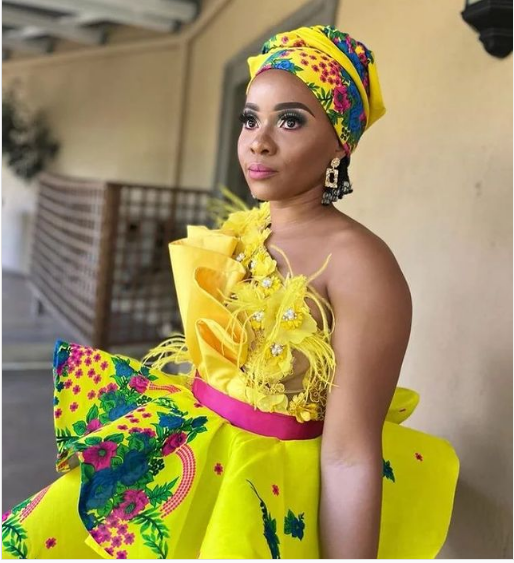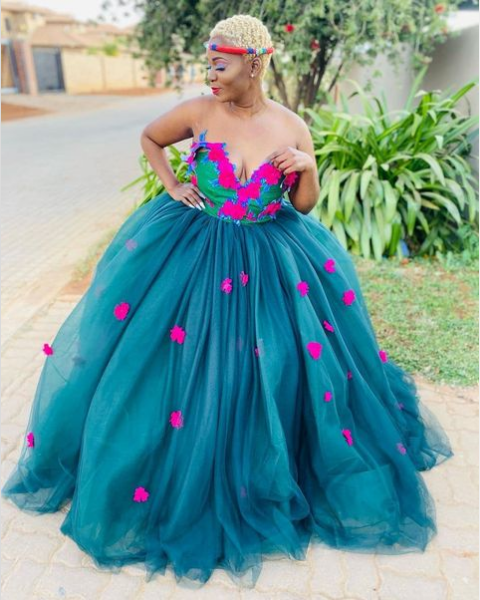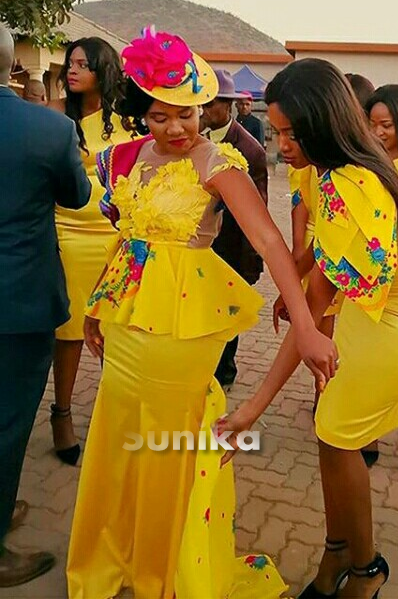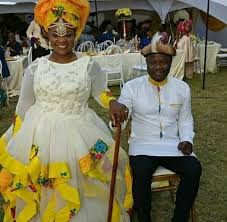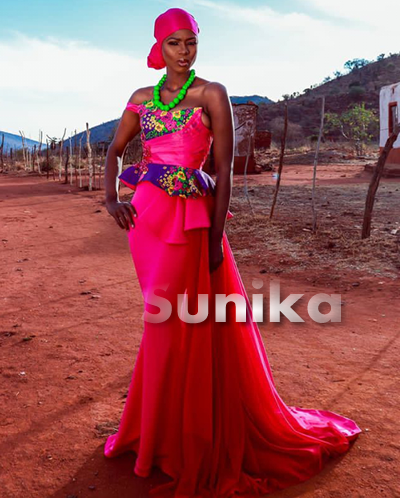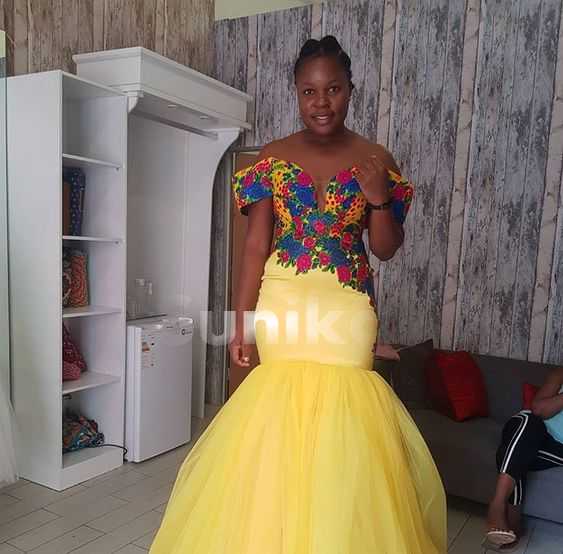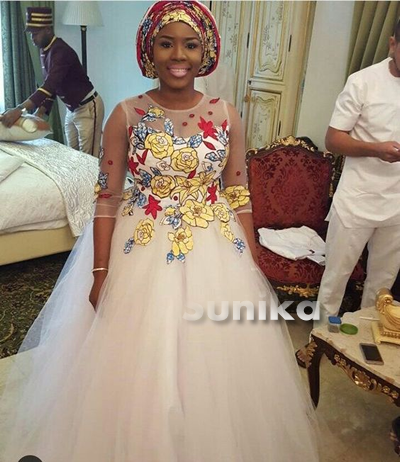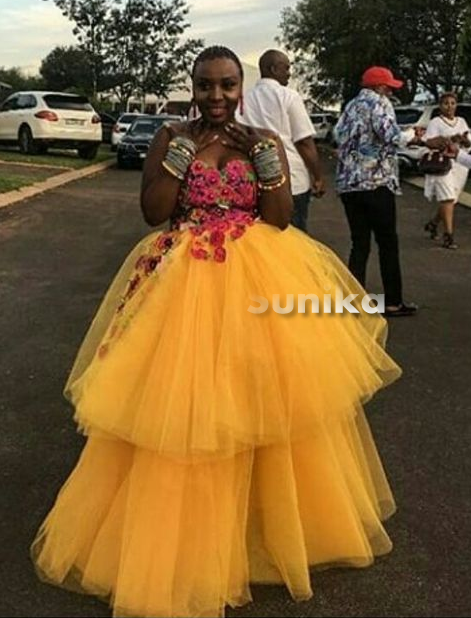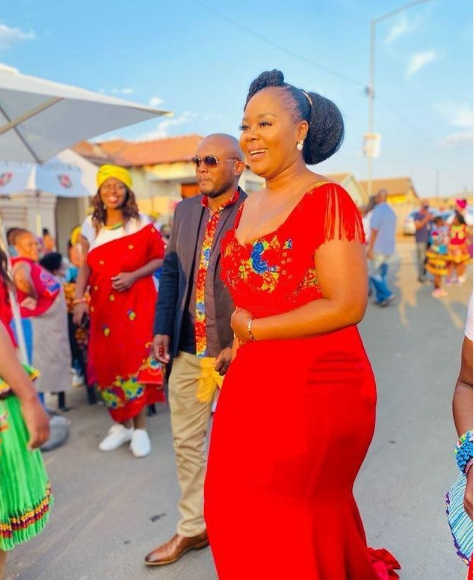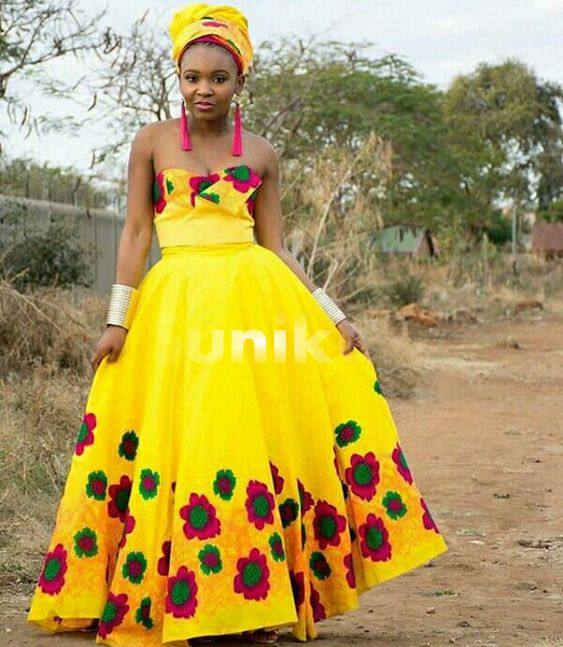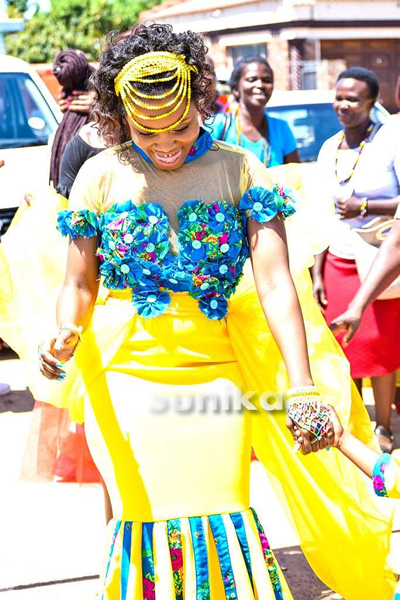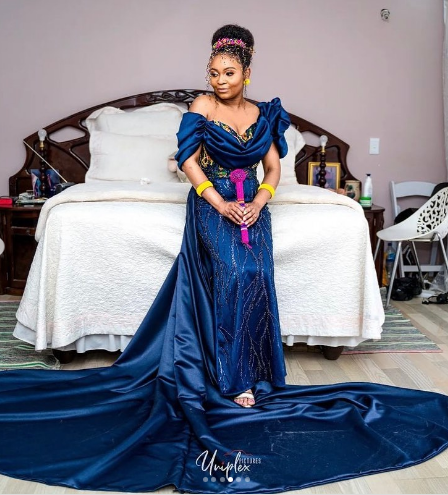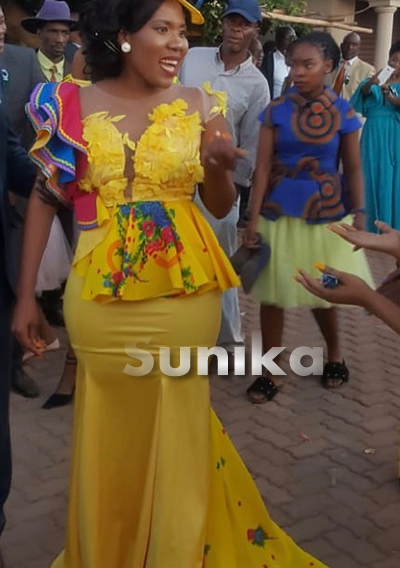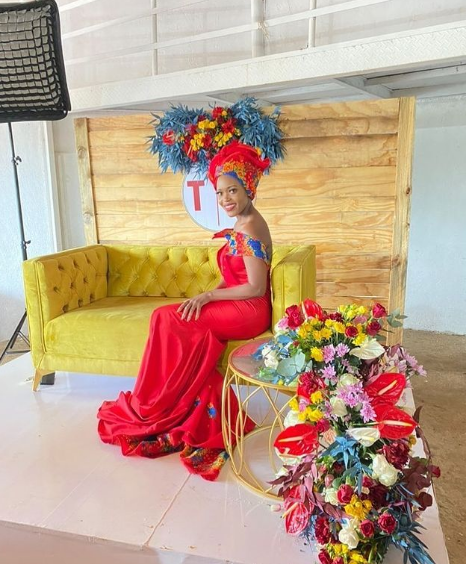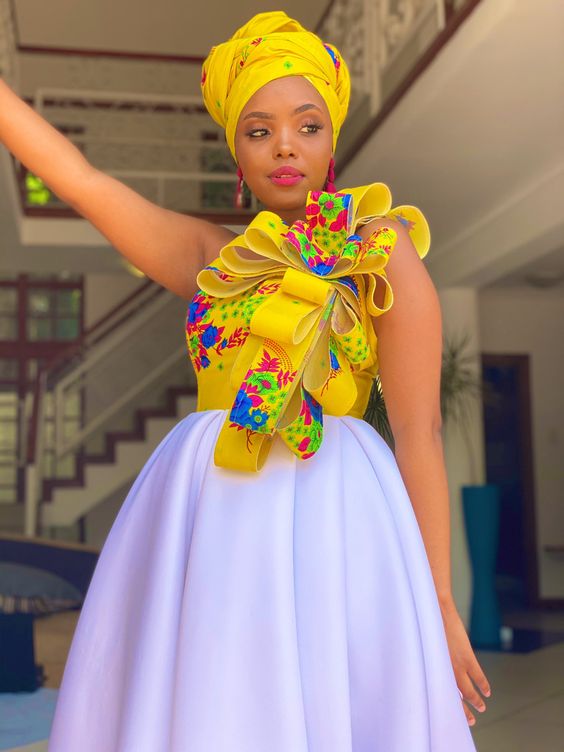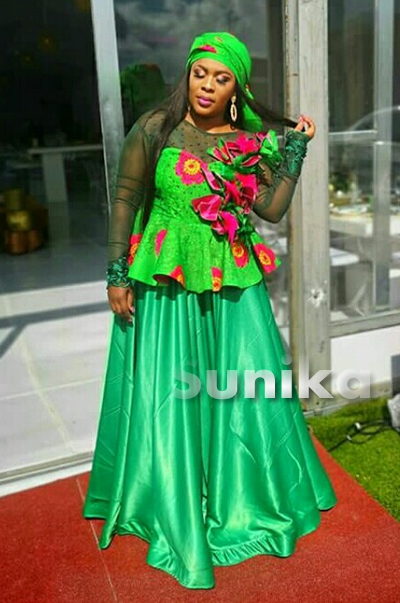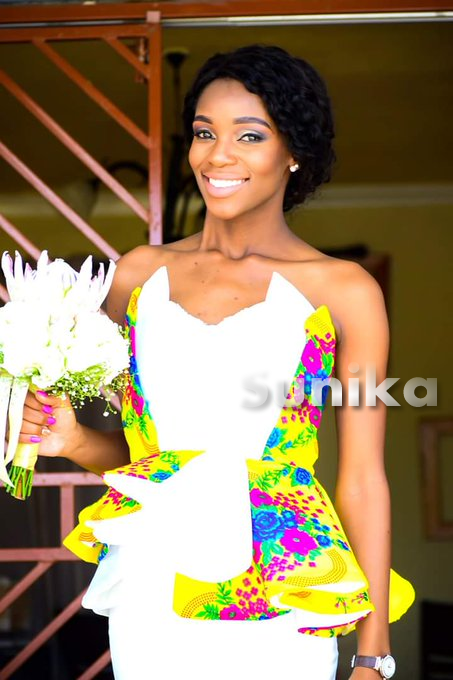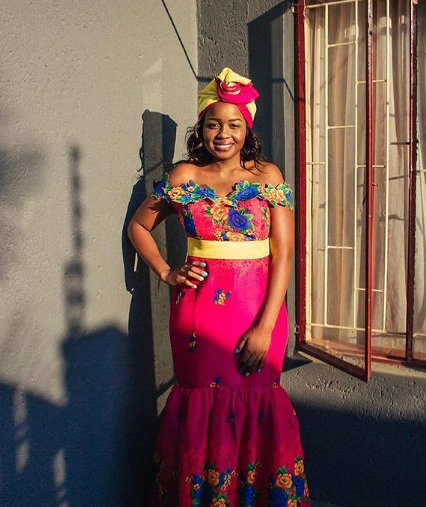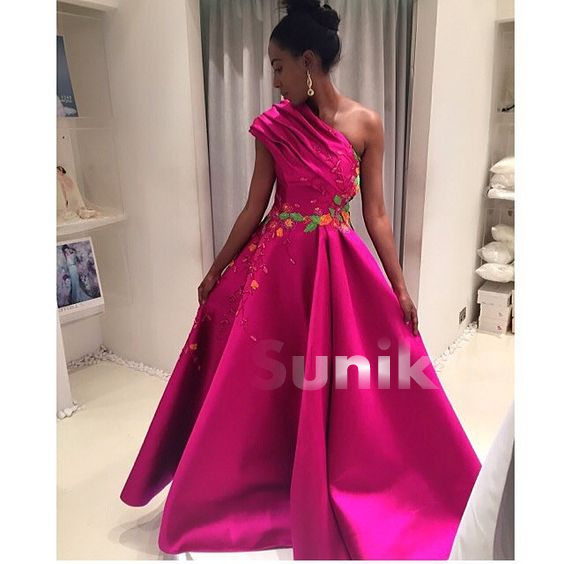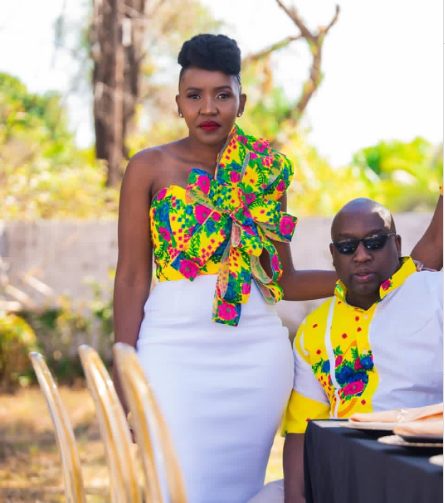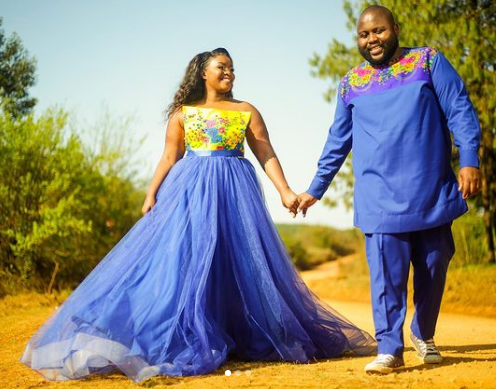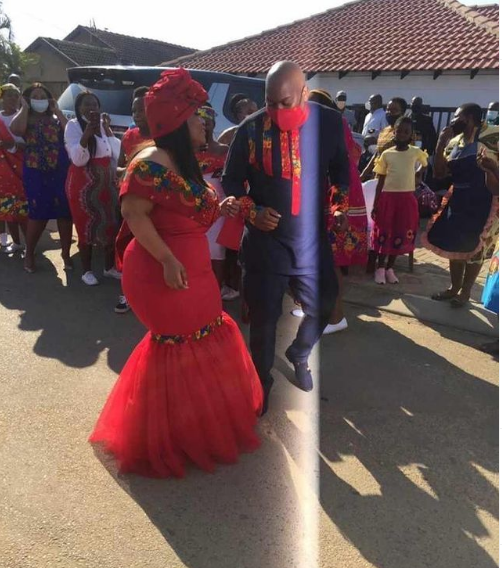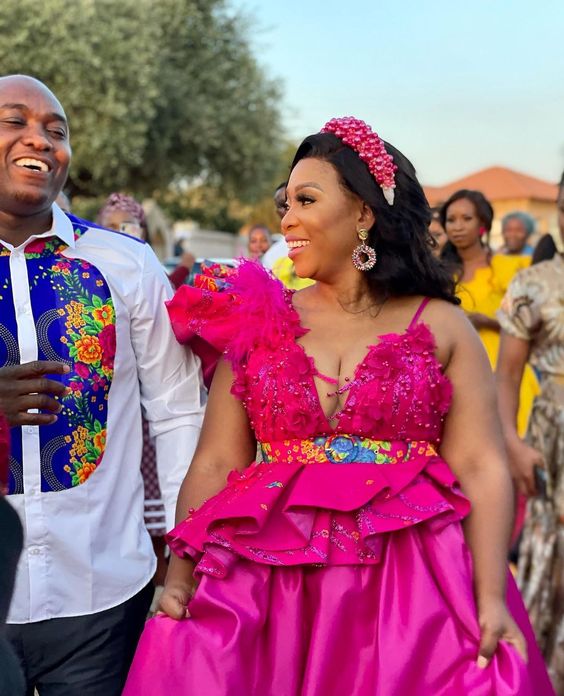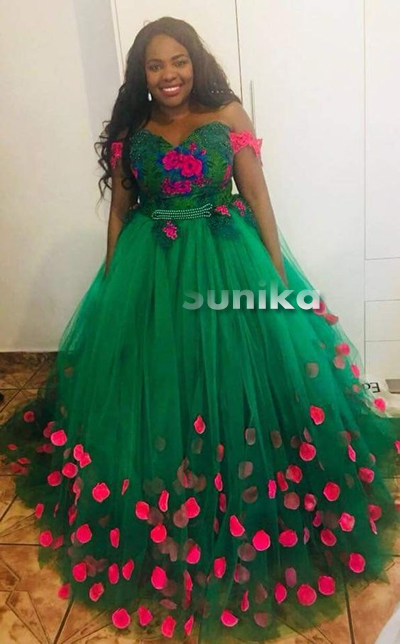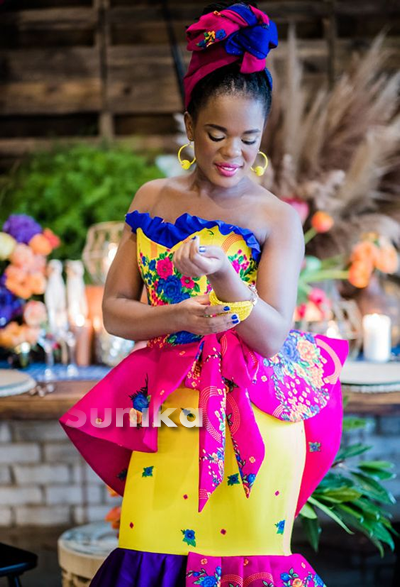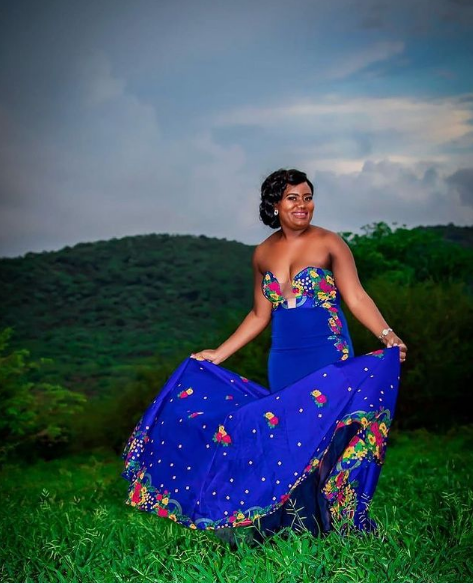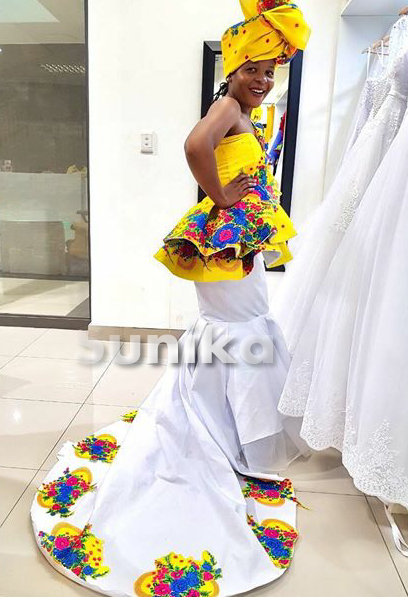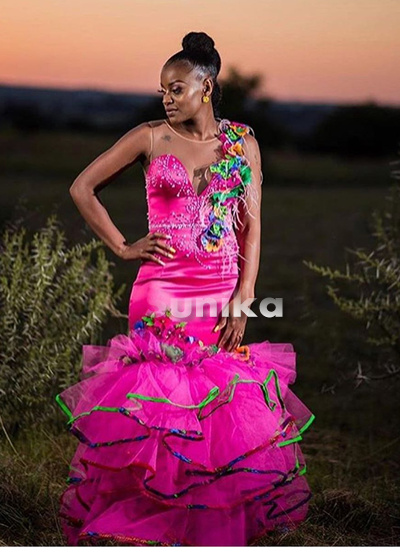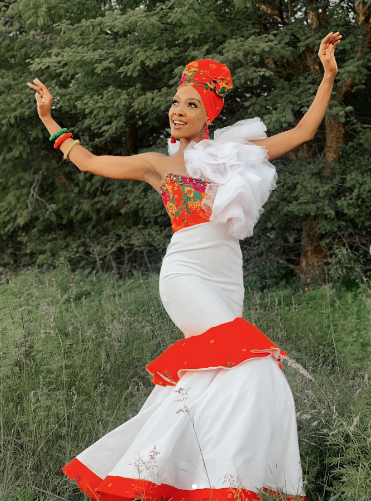
40+ Modern Tsonga Traditional Wedding Dresses
The Tsonga people, also known as the Shangaan or Xitsonga people, are an ethnic group primarily residing in southern Africa, including South Africa, Mozambique, Swaziland, and Zimbabwe. Traditional Tsonga weddings are rich in cultural significance and rituals, and they vary somewhat among different Tsonga communities. However, I can provide an overview of some common elements in a traditional Tsonga wedding ceremony:
- Lobola (Bride Price): Lobola, also known as “roora” or “bride wealth,” is a customary practice in which the groom’s family pays a negotiated amount of money, livestock, or other gifts to the bride’s family as a gesture of appreciation and to demonstrate the groom’s ability to support his future wife. The lobola negotiations are an essential part of the pre-wedding process.
- Engagement Ceremony: Before the wedding, an engagement ceremony called “nlhala” takes place. During this ceremony, the groom’s family formally asks for the bride’s hand in marriage, and the bride’s family gives their consent. It is a festive event with singing and dancing.
- Bridal Preparation: The bride and her female relatives often undergo a series of rituals and preparations in the days leading up to the wedding. These may include cleansing and beautification ceremonies.
- Wedding Attire: The bride typically wears a colorful and intricately designed traditional Tsonga wedding attire. It includes a “xibelani” or “tinguvu,” a flared skirt made of fabric with decorative patterns, and a matching top. Accessories like beadwork, jewelry, and headpieces are also worn.
- Rituals and Ceremonies: The wedding ceremony itself involves various rituals, which may include:
- The exchange of gifts between the families.
- Traditional songs and dances, including the “Xigaza” dance, which is significant in Tsonga culture.
- The slaughtering of a ceremonial animal, such as a goat, as an offering to ancestors.
- A symbolic sharing of traditional beer or other beverages.
- Ancestral Blessings: The Tsonga people place great importance on ancestral blessings. It is believed that the spirits of the ancestors must be honored and invoked for the marriage to be successful. Rituals are performed to seek their blessings and protection for the newlyweds.
- Feasting: After the wedding ceremony, there is typically a feast with traditional Tsonga dishes and beverages, where guests celebrate the union of the couple.
- Dancing and Celebration: Dancing and music are integral parts of a Tsonga wedding celebration. Guests join in traditional dances, and there is often a lot of joy and merriment.
It’s important to note that while these are common elements in Tsonga weddings, there may be variations and regional differences in the customs and traditions observed by different Tsonga communities. Additionally, modern Tsonga weddings may incorporate elements from Western wedding traditions, reflecting the blend of tradition and modernity in contemporary African weddings.
What does a traditional Tsonga bride wear on her wedding day?
A traditional Tsonga bride wears distinctive and culturally significant attire for her wedding day. The traditional Tsonga bridal attire is known for its vibrant colors, intricate beadwork, and unique designs. Here are some of the key elements of a traditional Tsonga bride’s attire:
- Xibelani or Tinguvu: This is the most iconic piece of clothing for a Tsonga bride. The xibelani or tinguvu is a flared skirt made of colorful fabric, often featuring bold patterns and intricate beadwork. It is designed to make a swishing sound when the bride dances, adding to the festive atmosphere of the wedding.
- Top: The bride typically wears a matching top with her xibelani. The top can vary in style but is usually adorned with beadwork, embroidery, or other decorative elements that complement the skirt.
- Beaded Accessories: Beads are an essential part of Tsonga bridal attire. The bride often wears beaded jewelry, including necklaces, bracelets, anklets, and earrings. These beads are not only for adornment but also carry cultural and symbolic significance.
- Headpiece: The bride often wears a beaded headpiece or crown known as a “tinjhovu.” This headpiece is intricately crafted and can be quite elaborate, symbolizing the bride’s status and cultural identity.
- Sash or Shawl: Some Tsonga brides may wear a colorful sash or shawl, known as a “duku,” draped over their shoulders or wrapped around their waist. This adds an extra layer of color and elegance to the overall look.
- Barefoot or Sandals: Traditionally, Tsonga brides may go barefoot during the ceremony, but some may wear simple sandals adorned with beads or other decorative elements.
- Makeup and Hairstyle: The bride’s makeup is often elaborately done, with the use of bright colors to enhance her beauty. Her hairstyle may include braids or intricate beadwork, and sometimes a veil is worn as well.
It’s important to note that Tsonga bridal attire is not only a display of cultural identity but also a way to showcase the bride’s family’s wealth and the groom’s ability to provide for her. The intricate beadwork and vibrant colors carry cultural and symbolic meanings, and the entire ensemble is a source of pride for the bride and her family.
While traditional Tsonga bridal attire remains an integral part of weddings among the Tsonga people, modern weddings may incorporate elements of Western-style bridal wear, allowing for a blend of tradition and contemporary fashion.
40+ Tsonga Traditional Wedding Dresses and Where To Find Them
In the heart of southern Africa, the Tsonga people have long celebrated the beauty and diversity of their culture through a myriad of traditions, none more captivating than their weddings. At the heart of every Tsonga wedding is a profound display of heritage and identity, and one of the most vivid expressions of this cultural richness can be found in the bride’s attire. Tsonga traditional wedding dresses are a symphony of colors, patterns, and symbolism that encapsulate the essence of this vibrant community’s history, customs, and values. Join us on a journey as we unveil the enchanting world of Tsonga bridal fashion, where each stitch tells a story and each hue carries profound significance. In this article, we will explore the intricate details, cherished traditions, and the enduring allure of Tsonga wedding attire, which continues to captivate both the hearts of the Tsonga people and admirers of their culture worldwide.
Tsonga Traditional Wedding Dress with beads by Sleek Afrik
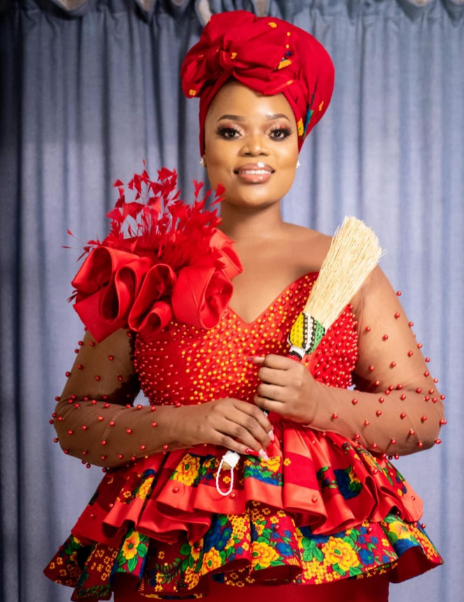
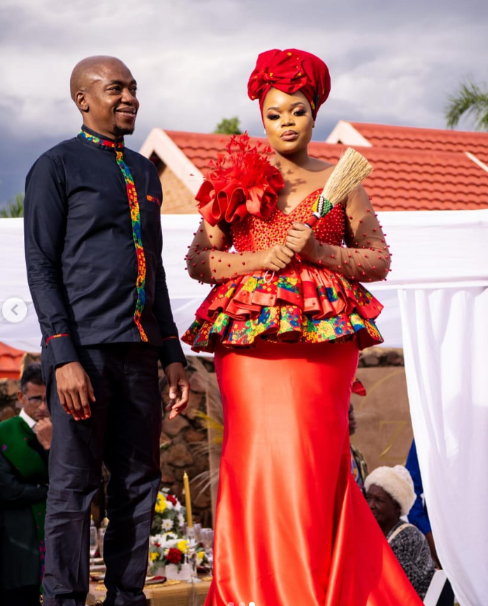
1 sleeve Tsonga wedding dress with bow by Zamaswazi Nkosi
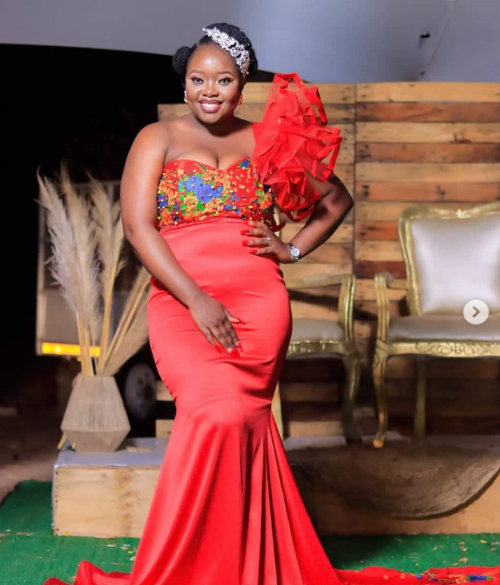
African Print Traditional Wedding Dress By Otiz Seflo
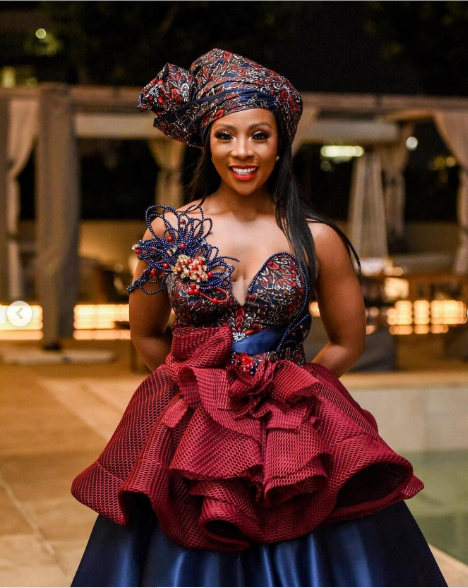
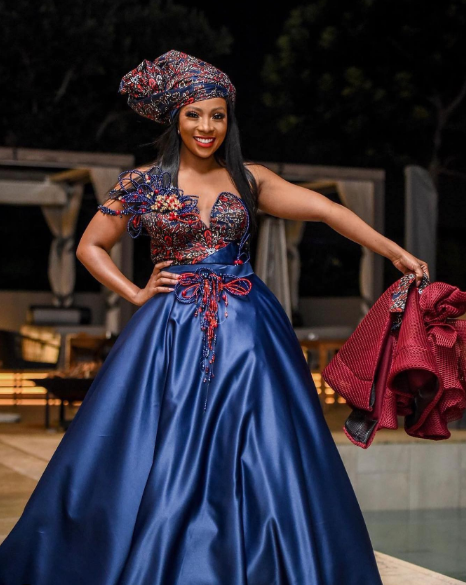
Beaded Pink Wedding Dresswith Feathers by Zamaswazi Nkosi
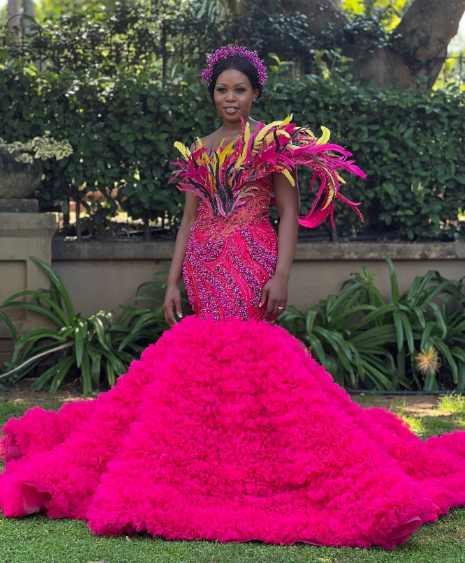
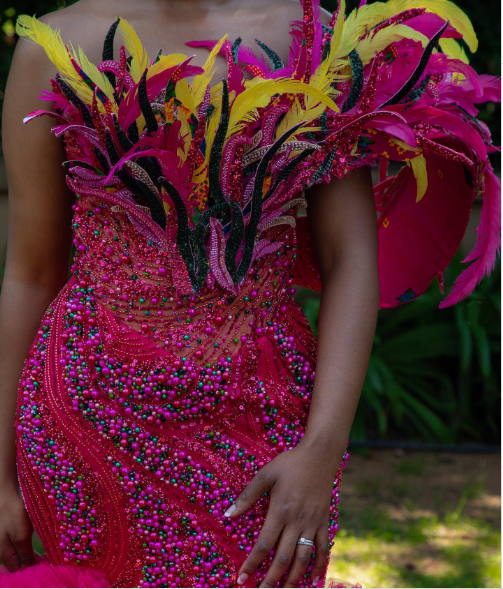
Beautiful Red Venda Traditional Wedding Dress by Zamaswazi Nkosi
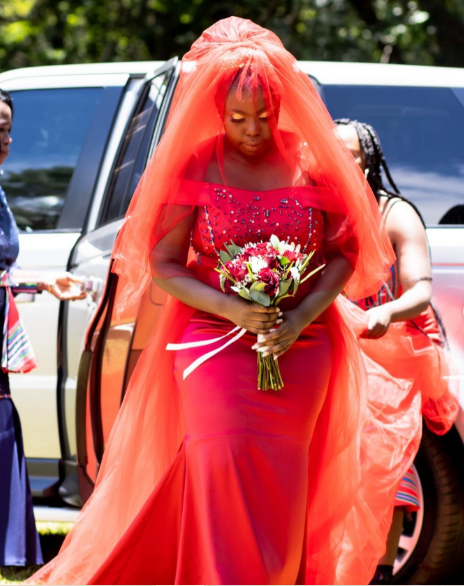
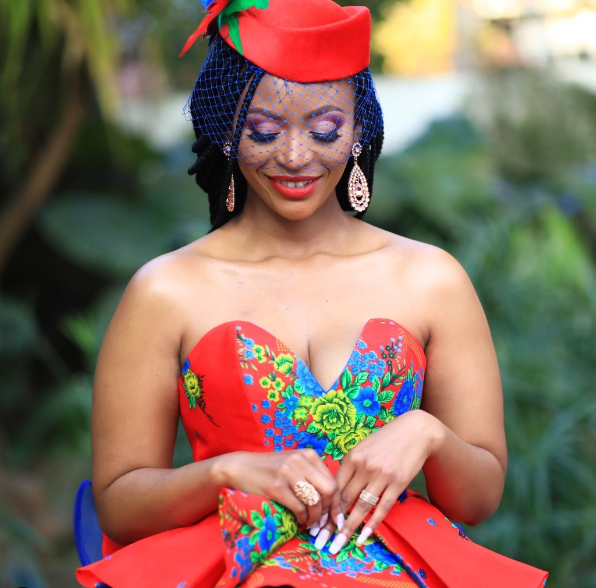
Blue and Red Tsonga Dress by Antherline Couture
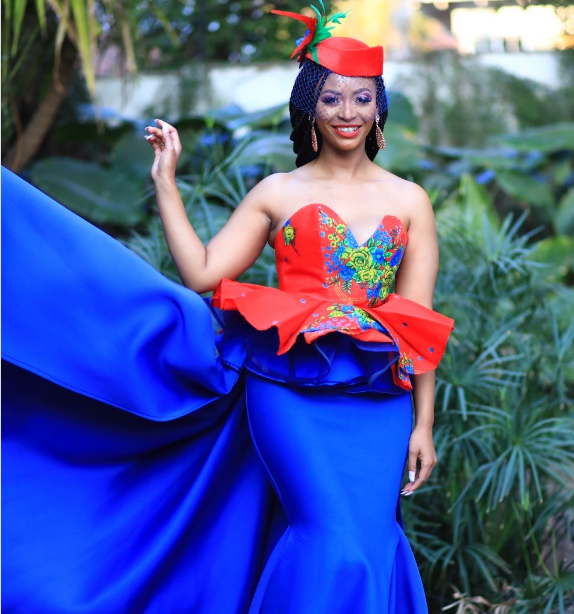
Burgundy and Yellow Tsonga Wedding Dress by Antherline Couture
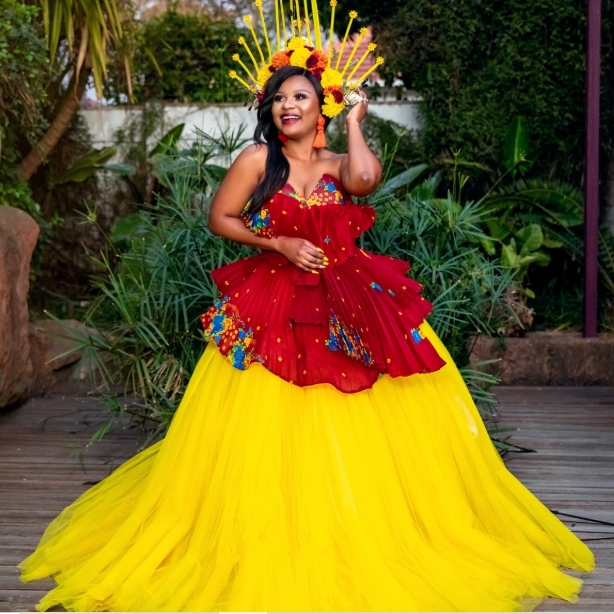
Pink and Blue Tsonga Dress by Sleek Afrik
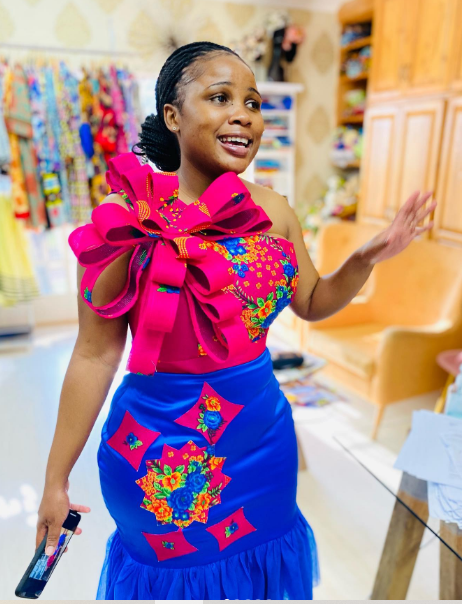
Pink and Blue Tsonga Wedding Dress by Sleek Afrik
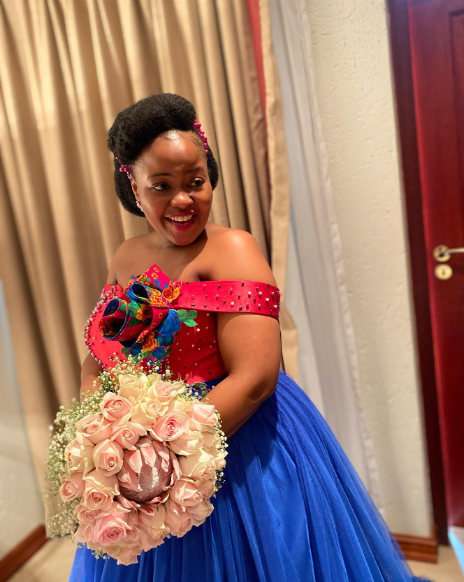
Pink Beaded Tsonga Traditional Wedding Dress by Nim Couture
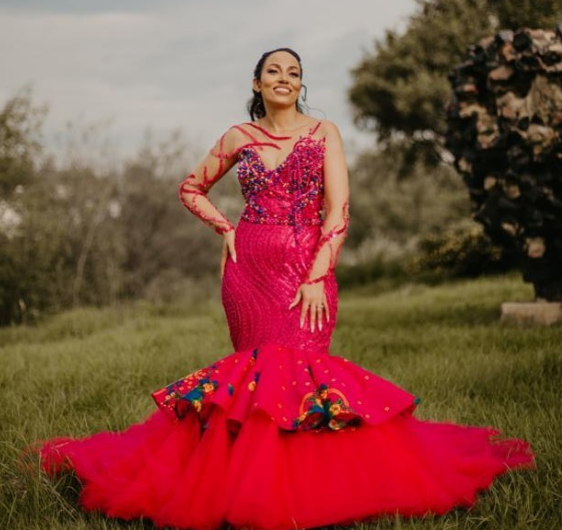
Pink Traditional Wedding Dress by Nim Couture
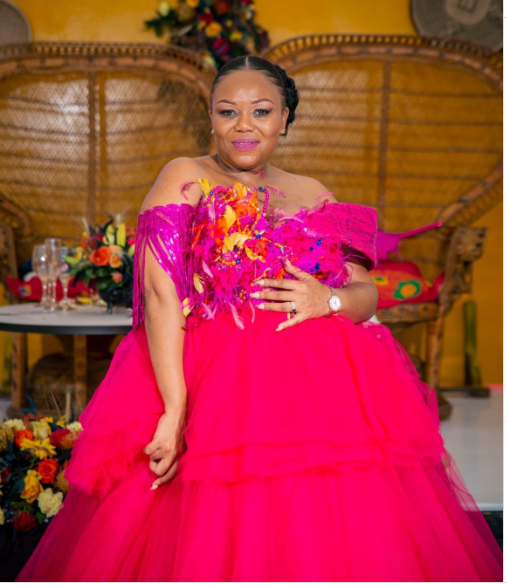
Pink Tsonga Dress by NIM Couture
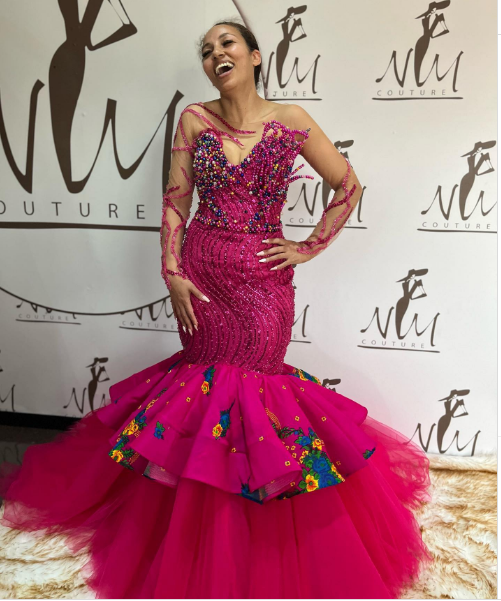
Pink Tsonga Dress by Zamaswazi Nkosi
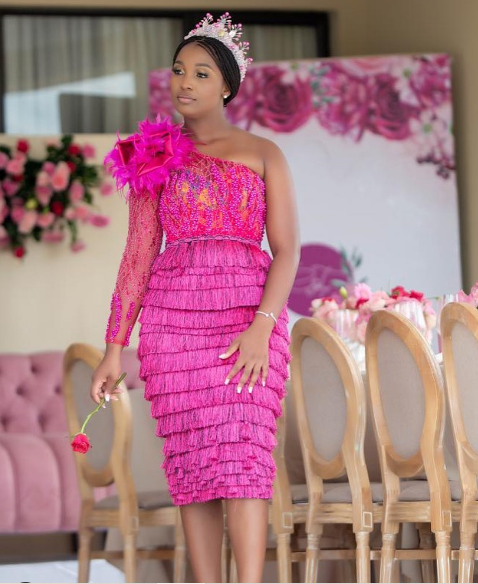
PinkTraditional Wedding Dress by Nim Couture
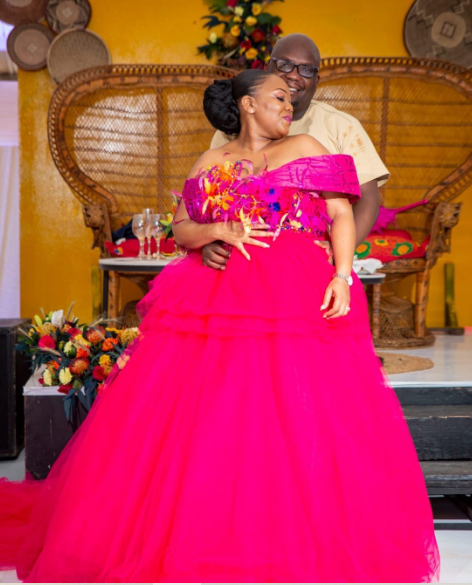
PinkTraditional Wedding Dress with Shweshwe Trim by Nim Couture
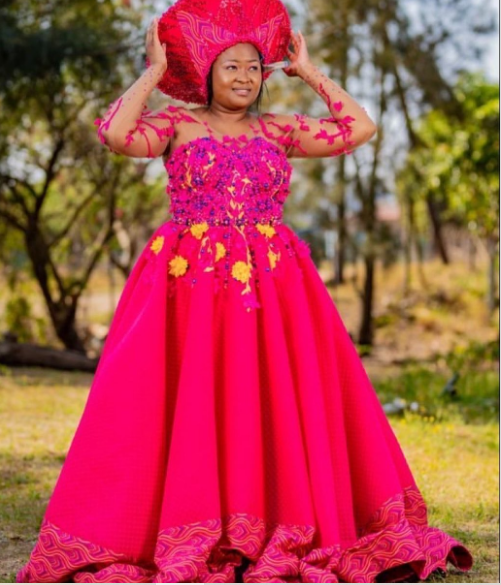
Purple and Yellow Tsonga Dress with Matching Doek by Sleek Afrik

Purple SePedi Wedding Dress by Nim Couture
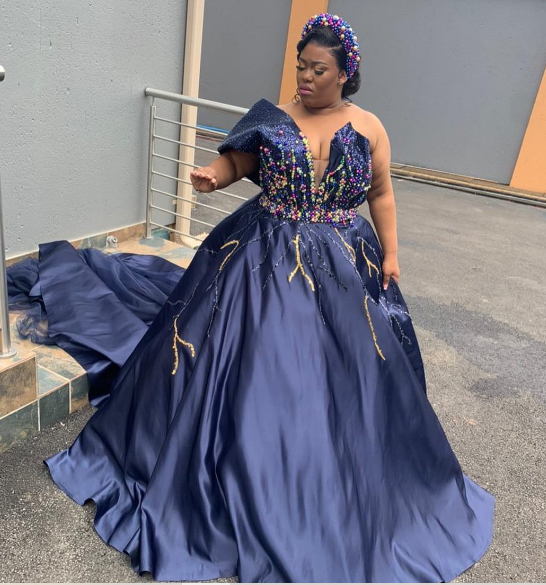
Tsonga Dress By Lebo Mositsa
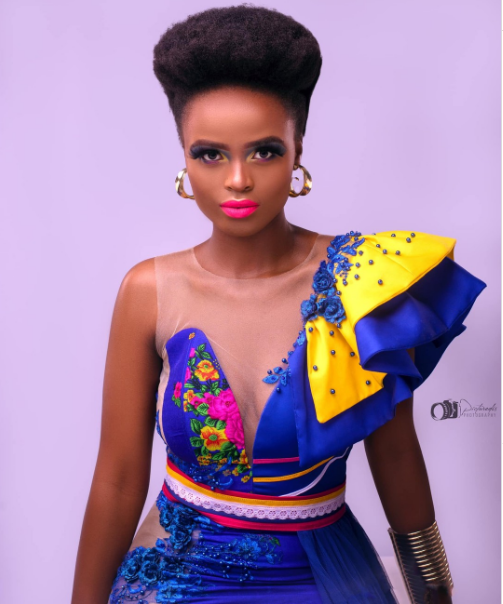
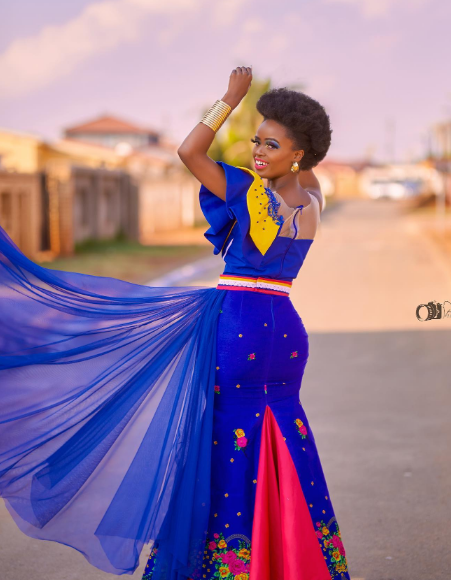
Beautiful TsongaTraditional Wedding Dress by Nim Couture
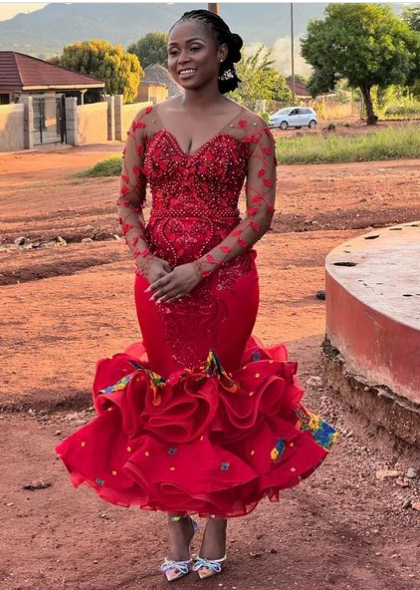
More Tsonga Traditional Wedding Dresses
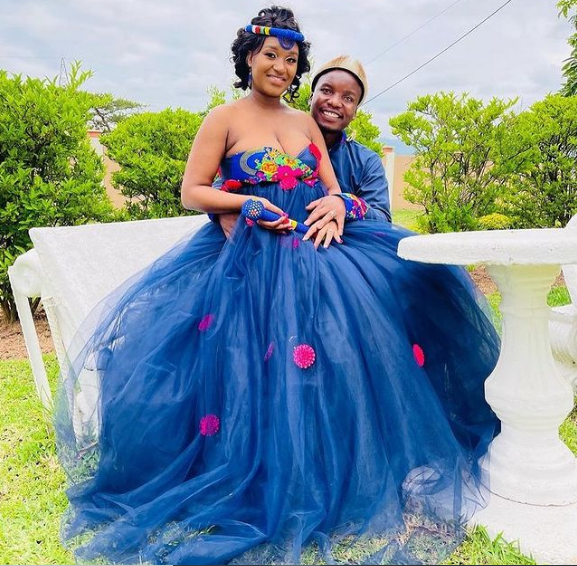
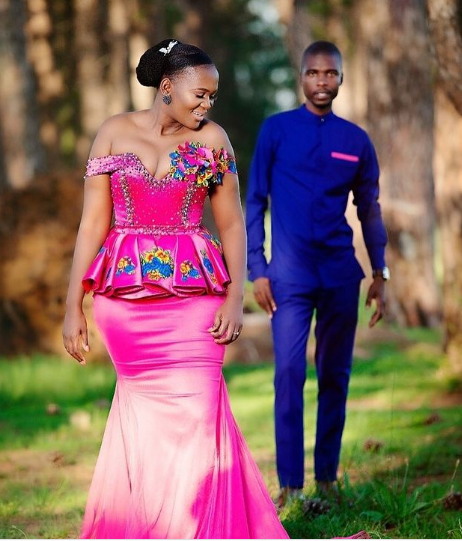
Red Tsonga Mermaid Traditional Wedding Dress with Beads and Lace
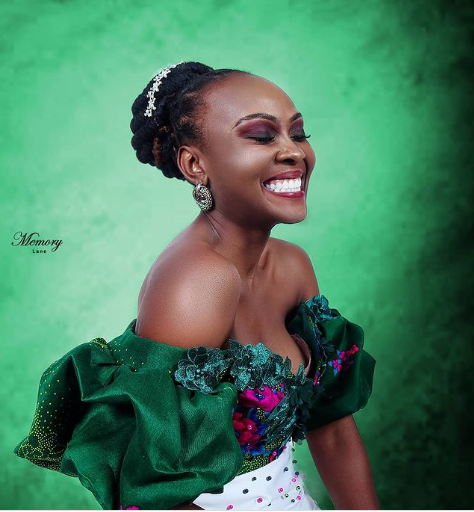
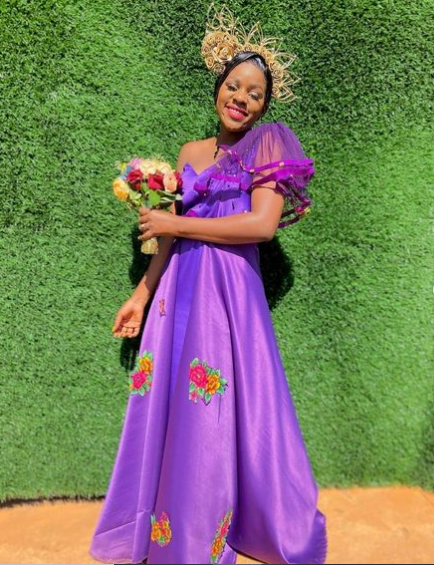
Purple 1 Sleeve Wedding Dress with Tulle
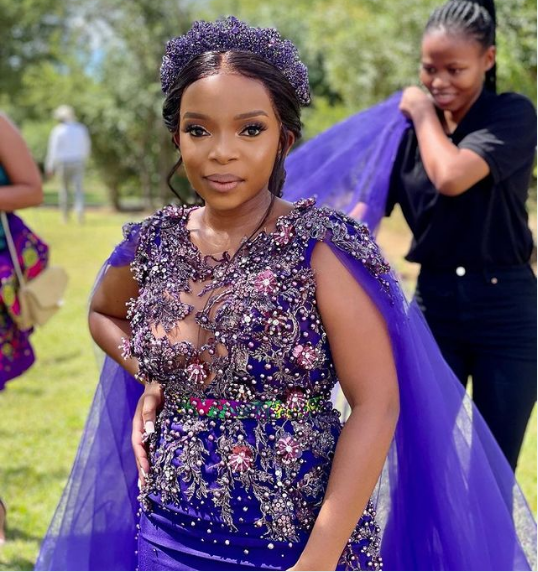
Beaded Purple Tsonga Traditional Wedding Dress with Tulle
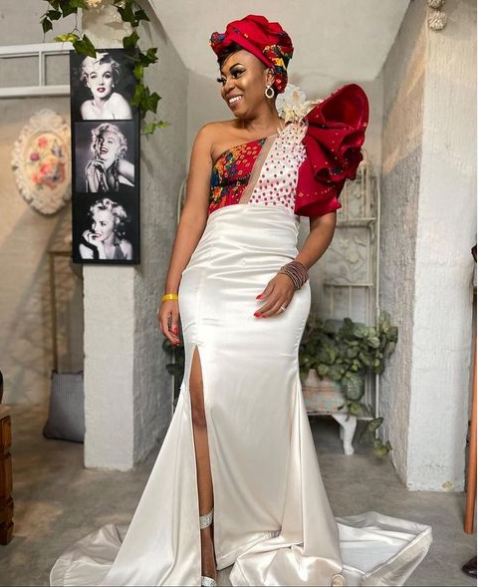
Red and White beaded Tsonga Traditional Wedding Dress with Doek
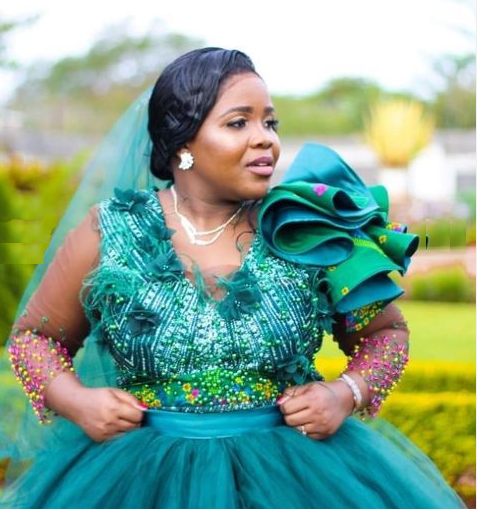
Turquoise Tsonga Traditional Wedding Dress with Lace and Tulle
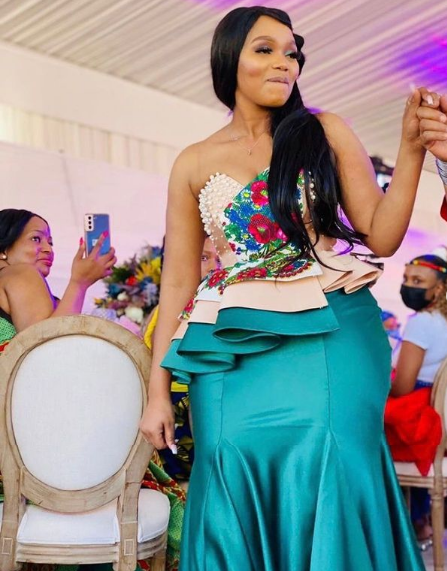
Turquoise and Cream Tsonga Traditional Wedding Dress
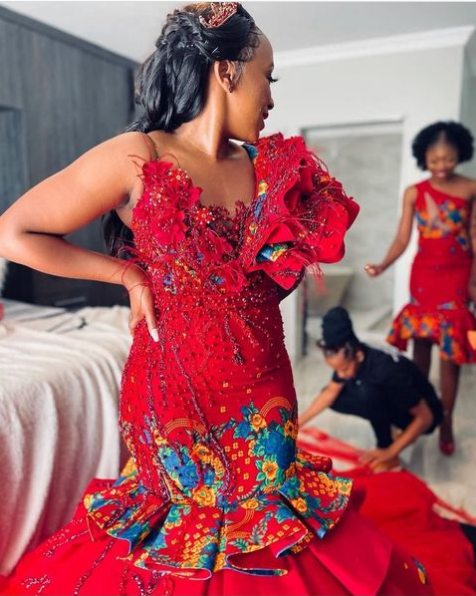
Beautiful Beaded Red Tsonga Traditional Wedding Dress
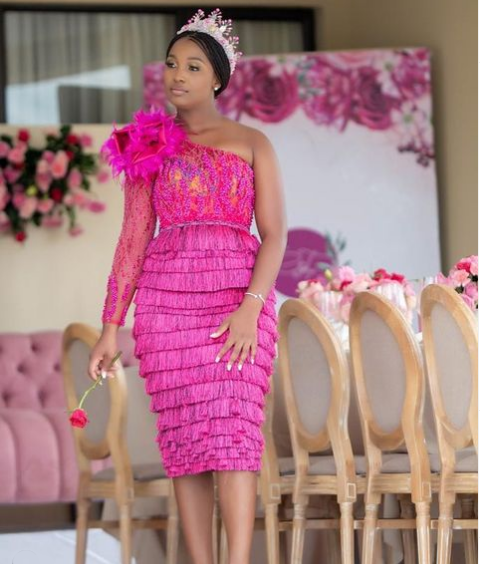
1 Sleeve Layered Tsonga Traditional Wedding Dress
